AO Edited
Palace of Cortés
The conquistador's former fortress is the oldest preserved colonial building in the Americas.
In the center of Cuernavaca, “The City of Eternal Spring,” stands a large and foreboding Gothic fortress. It’s the oldest conserved colonial-era building in the Americas, and was built by the famous conquistador Hernán Cortés.
Cortés had the fortress constructed in 1526 after the conquistadors defeated the Aztecs. It was built atop the ruins of a much older structure that once served as a tribute gathering place for the indigenous rulers. Its location was intentional—by building the fortress atop the old gathering place, Cortés was sending a message that he was the new ruler.
The conquistador had realized that the defeat of the Aztec Empire was only the beginning of a long period of wars and battles that the Spaniards would fight against the indigenous tribes. As such, he ensured the fortress was built to withstand any attack.
His prediction proved to be correct. Not long after the palace was built, Cortés narrowly escaped a failed assassination attempt. Tlahuican warriors had infiltrated the palace, but they were shot down by his guards.
As the ruler of this new and vast addition to Spain’s empire, Cortés visited the palace frequently, living there for extended periods of time with his second wife, Doña Juana de Zúñiga. From there, he planned the exploration and conquest of northern areas in what is now the American state of California, hoping for gold and even greater glory.
After Cortés died 1547, his son and heir Don Martín Cortés inherited the palace. It then passed through several generations of the family until it eventually became abandoned. The building later served as an iron works, a tannery, a barracks, and a jail that housed prominent leaders of the Mexican War of Independence like José María Morelos y Pavon.
In post-independence Mexico, the palace became the government headquarters for the state of Morelos and remained so until the 1970s, when it officially became a regional museum.
Today, you may visit the palace and see its exhibits, which chronicle the local history from prehistoric times to the Aztecs all the way to colonial Mexico and the Mexican revolution. Keep an eye out for the mural called La Conquista y Revolución by renowned artist Diego Rivera.
Know Before You Go
The palace is in the center of Cuernavaca and, due to its size and location, is practically impossible to miss. Entrance to the palace and its museum costs 60 pesos. Its opening hours are from Tuesday to Sunday from 9:00 a.m. to 6:00 p.m.









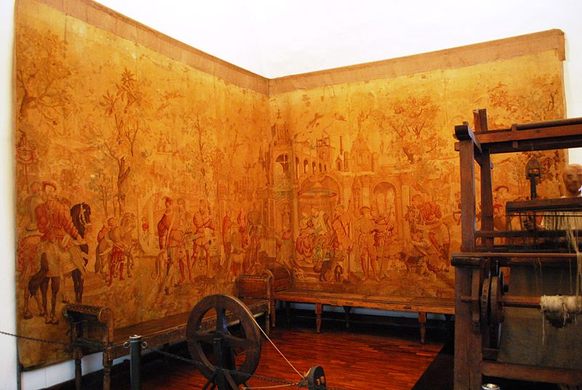
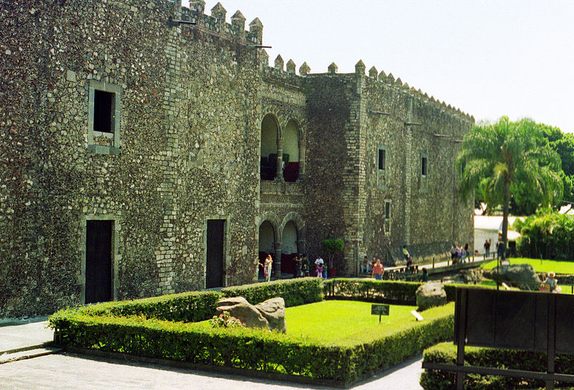

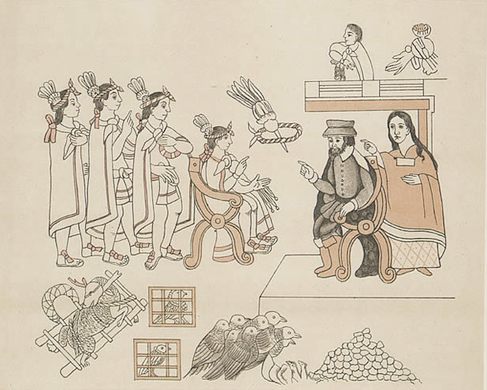

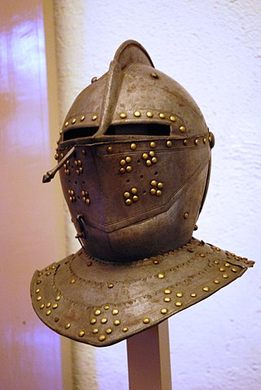



















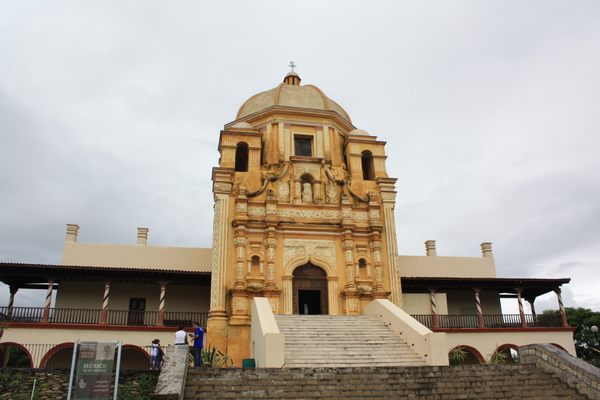

Follow us on Twitter to get the latest on the world's hidden wonders.
Like us on Facebook to get the latest on the world's hidden wonders.
Follow us on Twitter Like us on Facebook